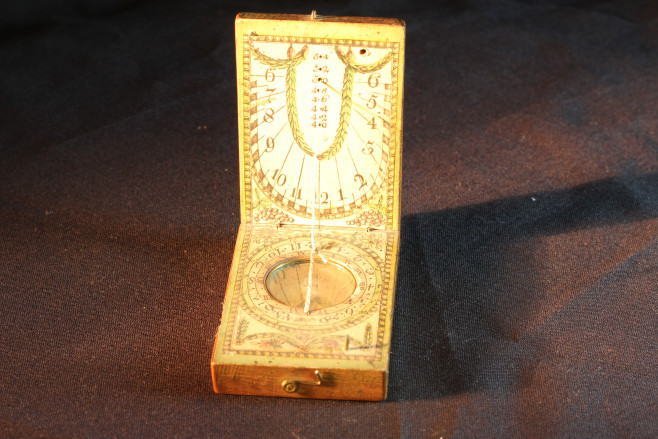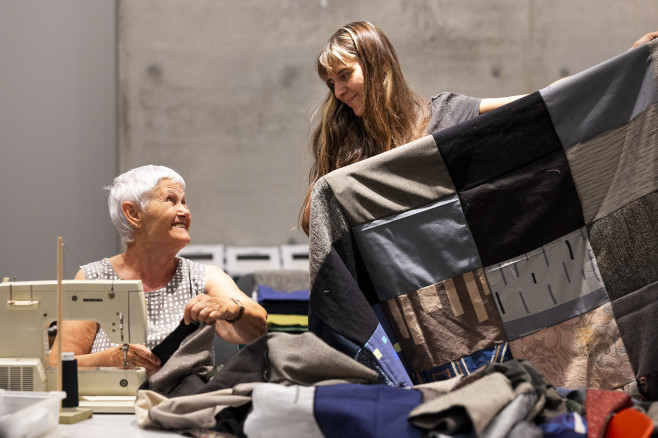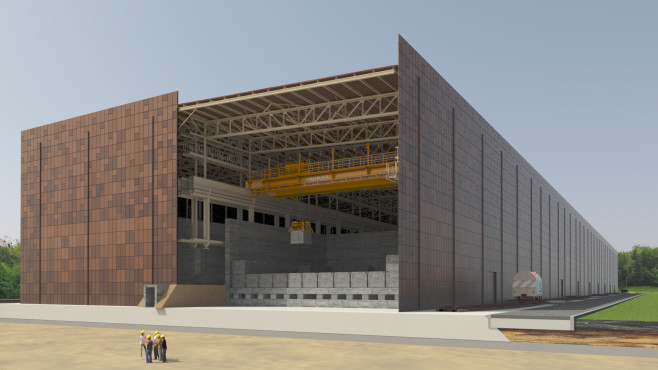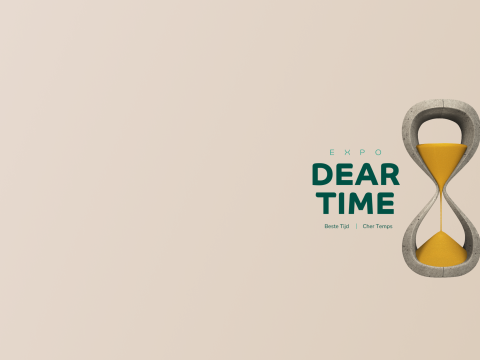
How do you remember something… for 300 years?
A repository for radioactive waste. A message for the future. Experience ‘Dear Time’ from 19 September at Tabloo, Dessel.
A bold mix
'Dear Time' is a bold mix of historical objects and contemporary artworks. Yet for all its diversity, the exhibition remains united by its focus on time and impermanence.
The participating artists are Maarten Baas, Manon Clement, HeHe, Emilio López-Menchero, Cécile Massart, Wesley Meuris, Taryn Simon, Maarten Vanden Eynde and Tineke van Veen.
'Dear Time' is unique: an art exhibition about preserving the memory of radioactive waste disposal, in the very place where it is actually located.
Discover our artists
Manon Clement
Tabloo means 'table' in Esperanto. This inspired Manon Clement to create Carried by time that will reshape you: a monumental tablecloth sewn together by volunteers using collected fabrics and garments. Each piece tells its own story
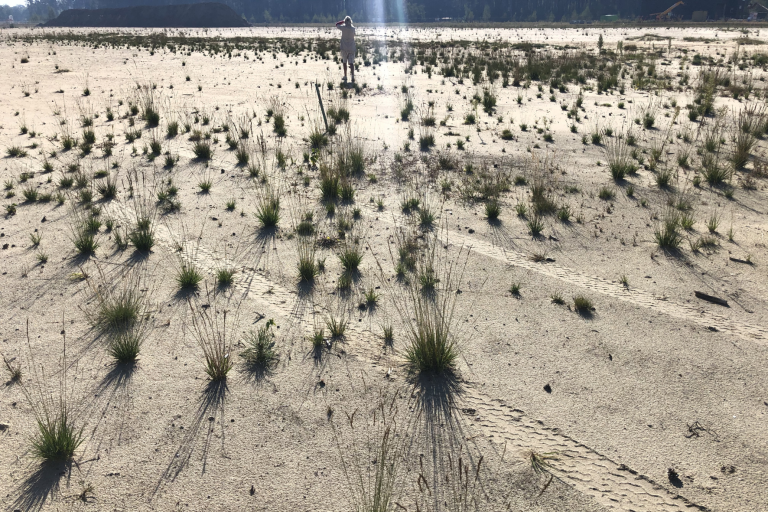
Cécile Massart
Cécile Massart explores how nuclear waste disposal sites can be marked so that people will recognise their presence even thousands of years into the future. In DESSEL SITE, she uses a minimalist language, inspired by nature, archaeology and universal symbolism.
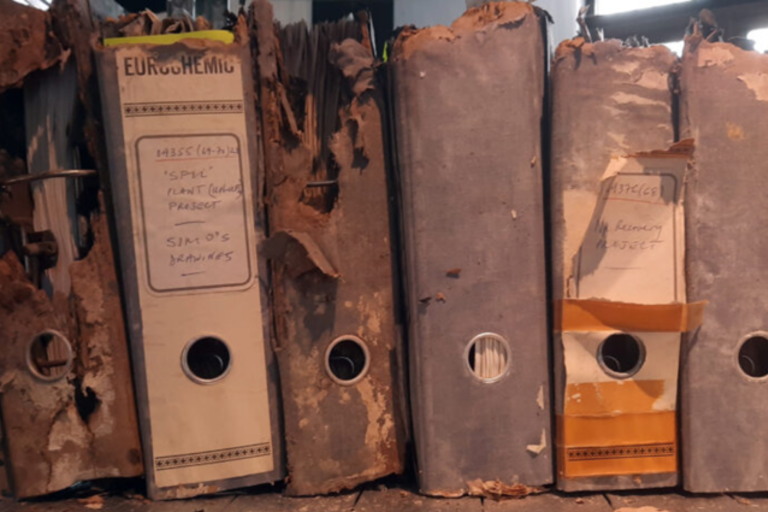
Emilio López-Menchero
Emilio was born in Mol, the child of Spanish parents who were involved in the Eurochemic nuclear reprocessing plant. In PROMETHEUS / Eurochemic, he exhibits the archives his father kept at home for years. He links the slowly decomposing papers to video art.
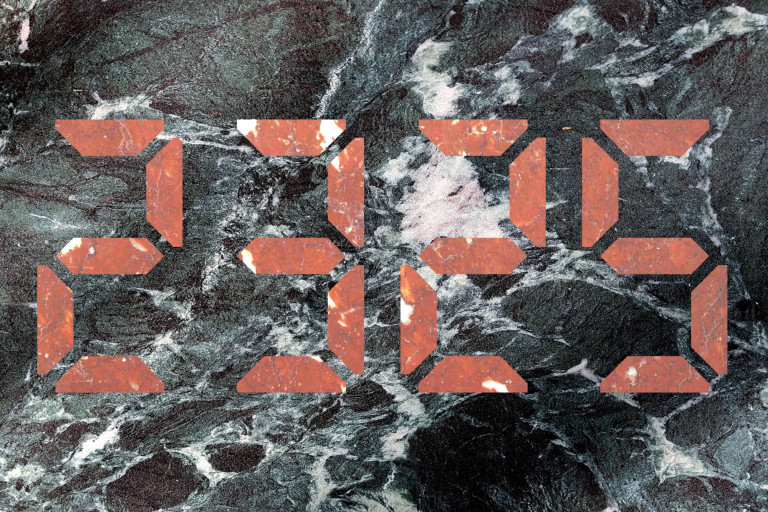
HeHe
The British-German artist duo HeHe looks 300 years ahead with Time Segment: a marble atomic clock sculpture that counts down to the moment when short-lived waste will be safe for humans and the environment.

Maarten Baas
The video Sweepers Clock shows two rubbish collectors gathering a pile of rubbish, filmed in real time over 12 hours. By continusously sweeping the waste, they create a clock.
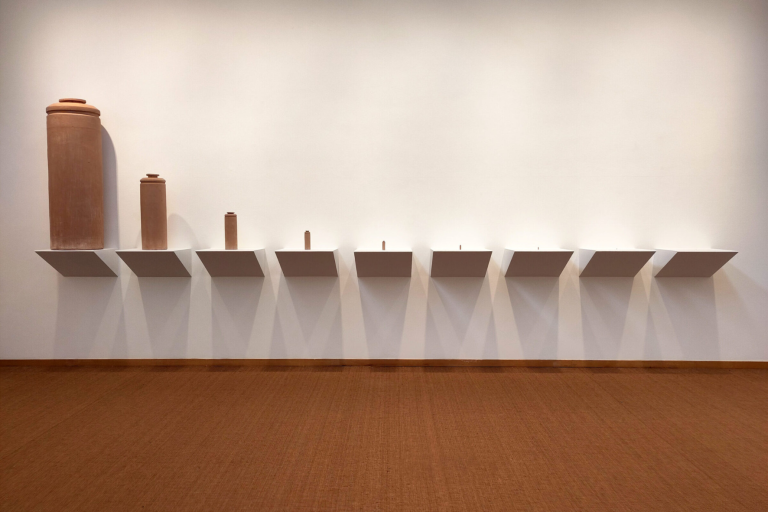
Maarten Vanden Eynde
Half-Life consists of nine identical shapes, each progressively getting smaller. They symbolise the materiel that protects humans from radioactivity, as well as the half-life of nuclear waste.
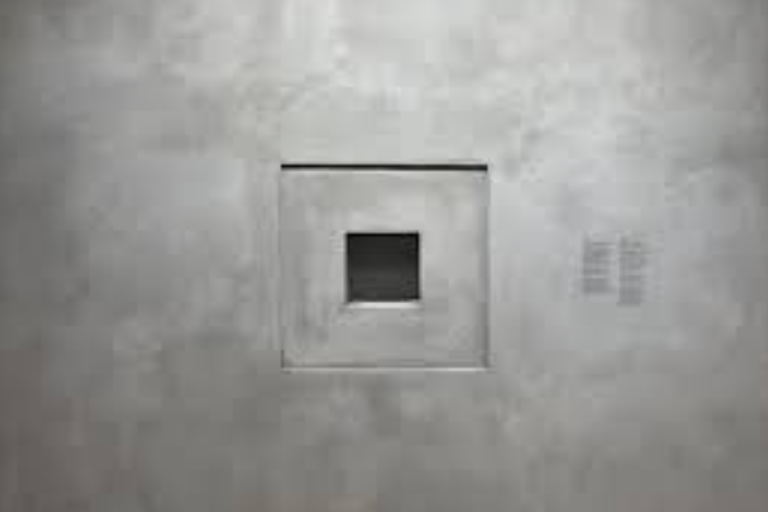
Taryn Simon
Black Square XVII is a unique time capsule: an abstract artwork made of radioactive material that cannot be safely displayed to the public until the year 3015.
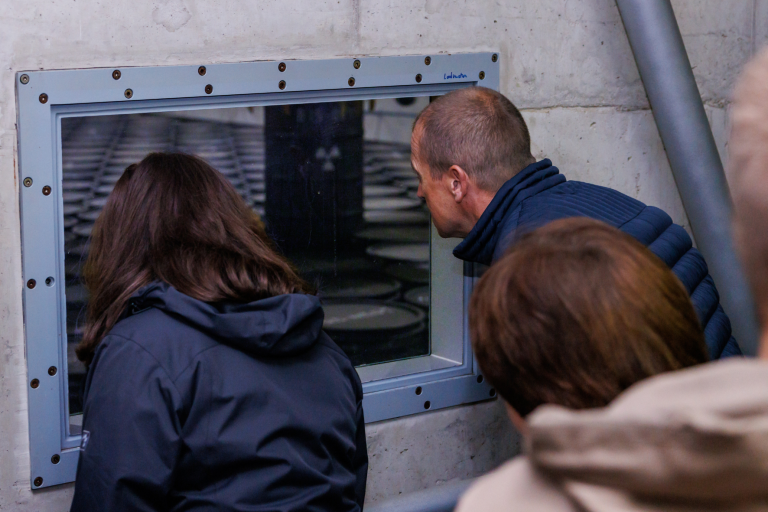
Tineke van Veen
Waste for Thought is an installation featuring nine drums for low-level radioactive waste, interspersed with birch trees. Together, they indicate the way to the future repository.
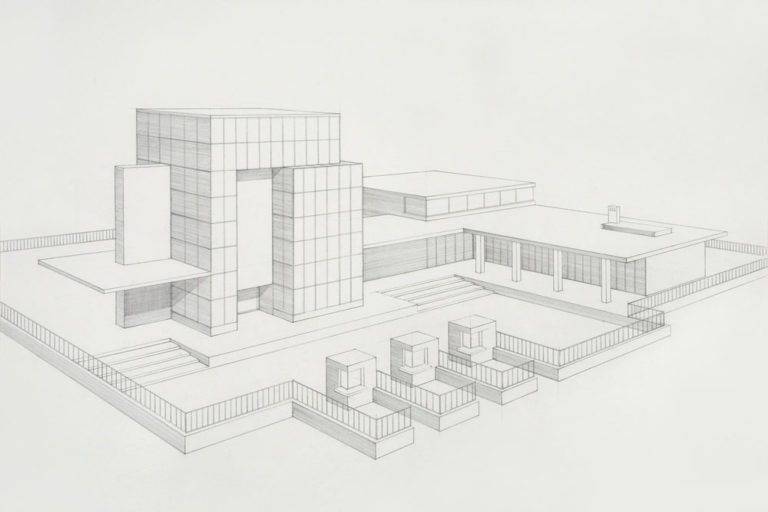
Wesley Meuris
For his Nuclear Power Centre series, Wesley Meuris designed an imaginary information centre on nuclear science, medicine and waste safety. Tabloo, even before there was Tabloo.
An exhibition to remember
'Dear Time' will open in the same year NIRAS-ONDRAF starts the construction of the repository for radioactive waste in Dessel, and that is no coincidence. NIRAS-ONDRAF is responsible for the management of radioactive waste in our country. The repository is designed to safely dispose short-lived low and medium-level radioactive waste for at least 300 years.
But how do we make sure that future generations are aware of this? Scientists alone can’t guarantee that. Artist have a role to play, and so does the local community: they help pass the story on, generation after generation.
Prices
Temporary exhibition with audio guide:
Standard rate8 eurosYoung people (10 to 26 years)5 eurosGroups (min. 10 people): 5 eurosTeacher card, Riebediepas pass, EDC disability cardFreeResidents of Dessel or MolFree
Only on the first Sunday of the monthWant to combine a visit to Dear Time with Tabloo's permanent exhibition? Then get a nice discount!
Temporary exhibition with guide:
SchoolsSchools pay admission tickets for students (max 25 per group, teachers enter for free) + 75 euros for the guide.AssociationsAssociations pay admission tickets for all visitors (max 25 per group) + 100 euros for the guide.
